|
Over the past decade I have come to know Hawaiʻi through stories of people, places, and situations that are unique to the tropical archipelago. These stories have formed my understanding of Hawai’i. There is a connection that I have to the islands that comes out of a profound sense of peace found there, and that it is something I have been looking for my entire life. I can only imagine what that place is for my parents who live there; who have made it their home and struggled to remain there. My family has always been migrating, moving from one place to the next, but we have always found ourselves closer and closer to the ocean and its warmth. For the first time ever, my parents have stopped moving and stayed where they are: a small island in the Pacific surrounded by endless blue, Maui. |

|
The definition of Aloha according to gohawaii.com, a website which promotes tourism for Hawaiʻi goes as the following: |
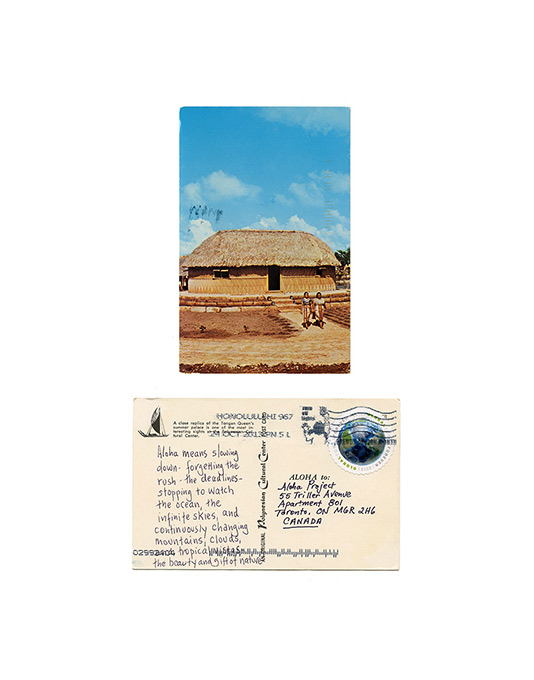 The Meaning of Aloha pt.1, 2013 The Meaning of Aloha pt.1, 2013
|
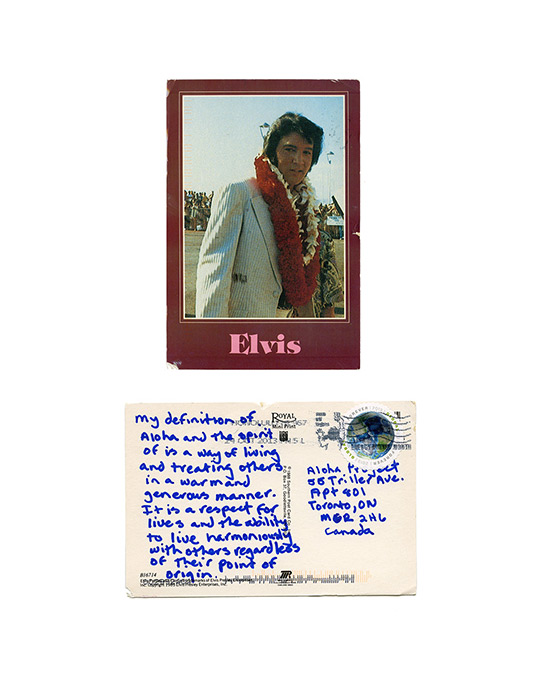 The Meaning of Aloha pt.2, 2013 The Meaning of Aloha pt.2, 2013
|
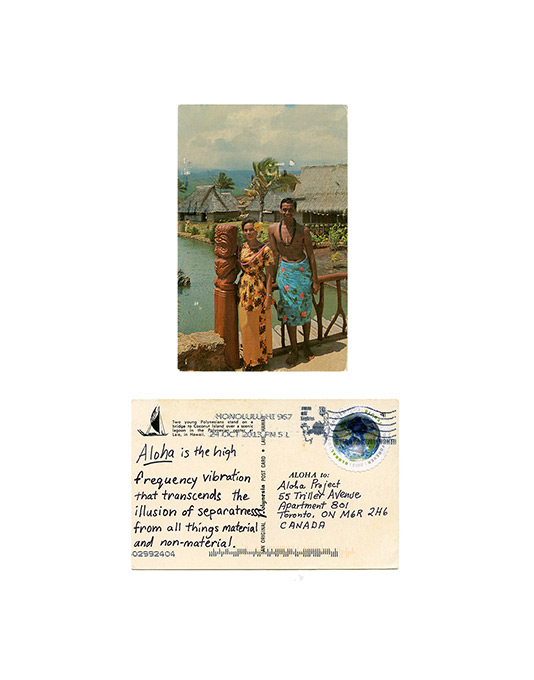 The Meaning of Aloha pt.3, 2013 The Meaning of Aloha pt.3, 2013
|
Balance, 2m14s HD Stereo, 2013 | 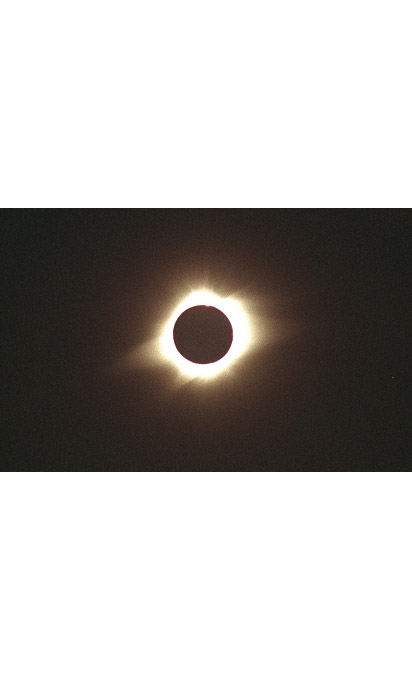 The Total Solar Eclipse on July 11, 1991
The Total Solar Eclipse on July 11, 1991 |
|
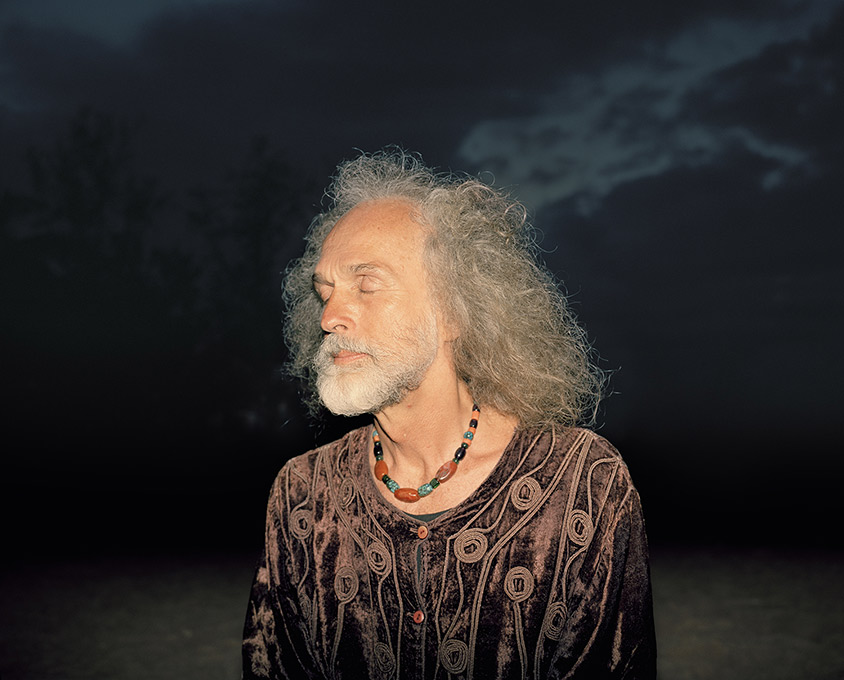 Phill at Baldwin, 2014 Phill at Baldwin, 2014
|

|
|
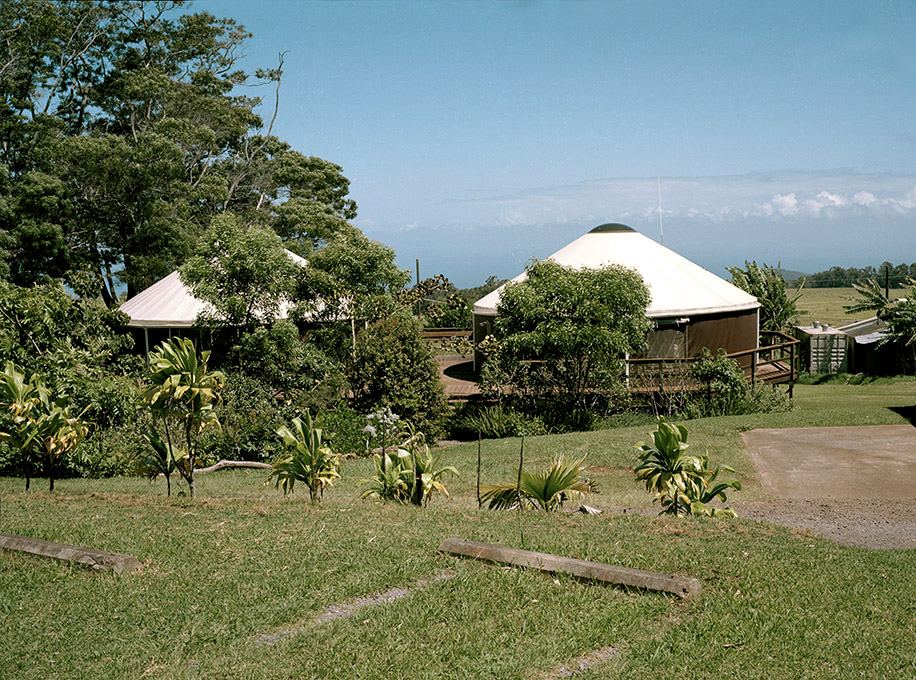 Maui Invasive Species Committee (MISC) Headquarters, 2013 Maui Invasive Species Committee (MISC) Headquarters, 2013 |
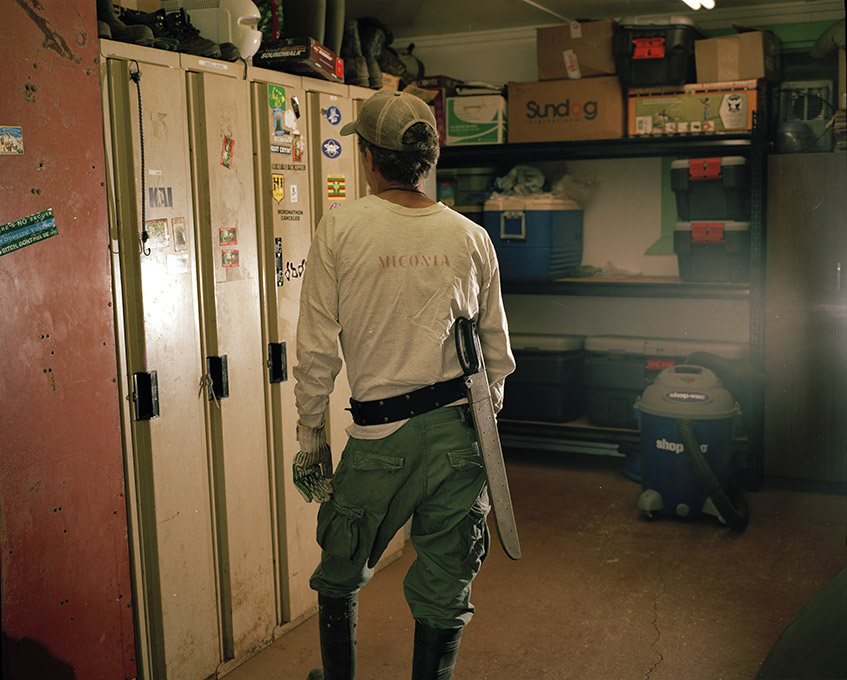 MISC Miconia Field Uniform, 2013 MISC Miconia Field Uniform, 2013 |
|
|
Hawaiʻi has a large number of endemic species but low biodiversity due to the remoteness of the islands. The natural rate of introduction in Hawaiʻi is one species every 30,000 years. The method by which they arrive is by wind, water, or wing (birds acting as carriers to seeds). After the arrival of the first human settlers (Polynesians), the rate of naturalization increased to 3 to 4 species every 100 years. After contact during the Western Era, an average of 20 – 40 species were introduced every year. Today the rate of introduction is 5,000,000 times greater than the natural rate. Out of one hundred species, only ten of those will be able to naturalize without the human influence and out of those ten, one will be classified as invasive. |

|
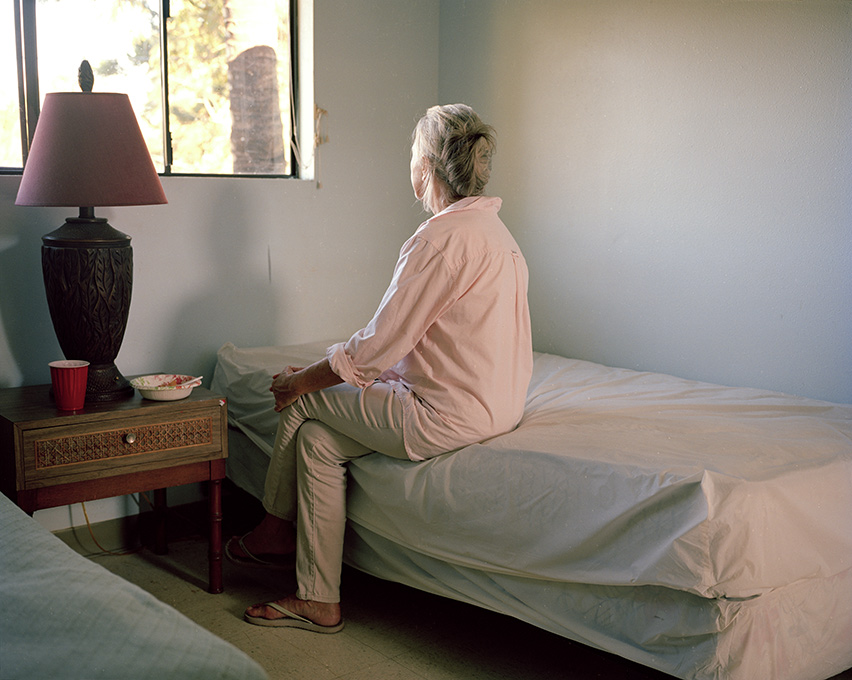 Girl from Room One, 2009 - 2013 Girl from Room One, 2009 - 2013
|
Rooms (single channel with installation sound piece), 10m37s, HD Mono, Marantz PMD221 Field Recorder, 2009-2013 |
In 2009 I visited a mental health and drug addiction rehabilitation center in Hawaiʻi and asked two patients (via their nurse) how they got there. I did not define what there was, allowing them to tell me about how they got to either the clinic, to Hawaiʻi, or to that present moment. Through letters to me, the two patients both revealed their life stories in response to my questions. They explained how certain events led them to where they were in that present moment. The stories spoke of struggle with their environment, what they had been exposed to, how it had changed them, their reasoning as to why they were at the clinic but most of all what they had hoped to find in Hawaiʻi. During my visit I gained access to the patients’ rooms and was allowed to photograph these locations. However, I was not allowed to meet or talk with the patients themselves, as it was a breach of confidentiality. I sat on their beds, touched their things, looked out their windows and saw what they had seen during their time at the center. Roosters would call out, the light was dim, and the walls were painted with landscapes and words of inspiration from the bible. The absence of the patients is felt in each one of the photographs I took. In 2013 I returned to the rehabilitation center. This time, I shot video and still images using actors and recorded voice-actors reading the letters of the patients. In my video and photographs, the patients who occupied the rooms at the rehabilitation center are no longer there, instead stand-ins and voice actors simulate them. The room, which they occupied during the creation of their letters is filmed and serves as the referent to the real. The stories told during the voice-over of the video are the referent, but the voices of the actual people are missing. |

|
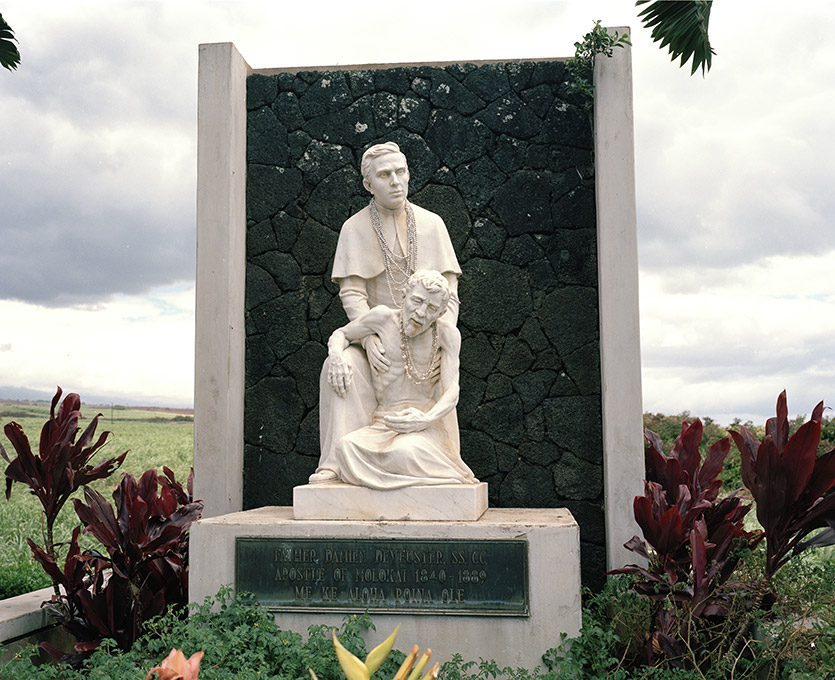 Father Damien Monument at Holy Rosary Church, Paia Father Damien Monument at Holy Rosary Church, Paia
|
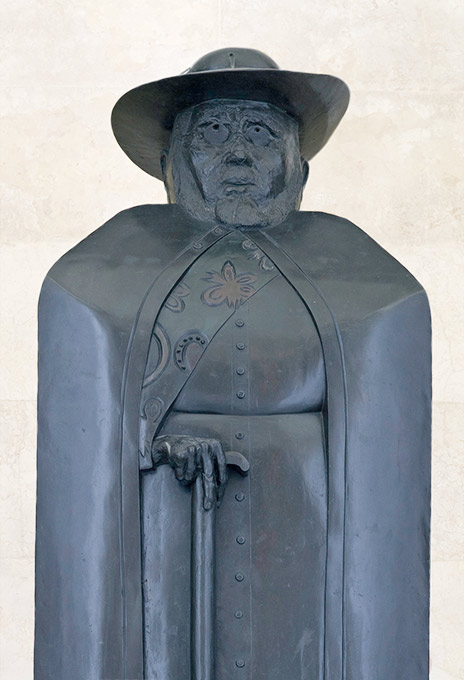 Father Damien Statue by Marisol Escobar, 2009 Father Damien Statue by Marisol Escobar, 2009
|
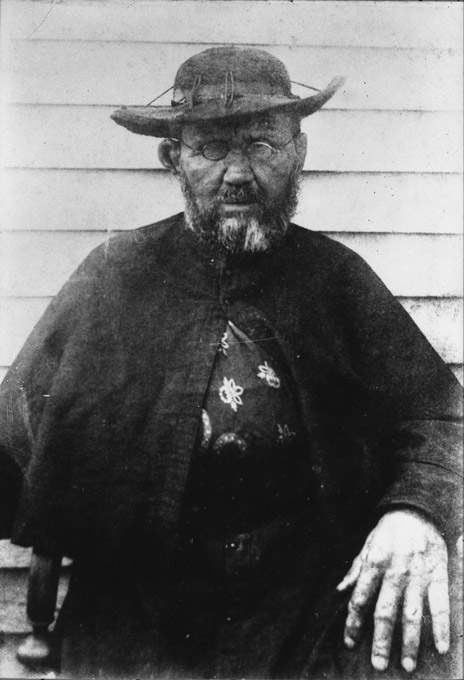 Father Damien in mid-April, 1889 Father Damien in mid-April, 1889
|
|
On April 15th the state of Hawai'i celebrates a day of remembrance for Father Damien. Born as Joseph de Veuster on January 3, 1840, in Belgium, in 1858 upon entering the novitiate of the Fathers of the Sacred Heart of Jesus and Mary in Louvain he took on the name Damien. After six years of service he was sent to the Hawaiʻi where he ordained into priesthood on May 24, 1864. During this time in the state, Hansen's disease (leprosy) was an epidemic. Those who were infected were exiled to isolated peninsula of Kalaupapa on Molokaʻi. The state of Hawaiʻi passed a quarantine law in 1866 that isolated the colony until 1969. Seven years after the establishment of the colony, Damien volunteered to establish a parish within the quarantine zone. There he ran the church, built housing, and took care of the residents. In 1885, Damien contracted leprosy after inadvertently putting his foot into scalding water which caused his skin to blister.3 He continued his work in the colony to spite the disease until the final days of his life. On April 15th, 1889 he succumbed to the disease.
|
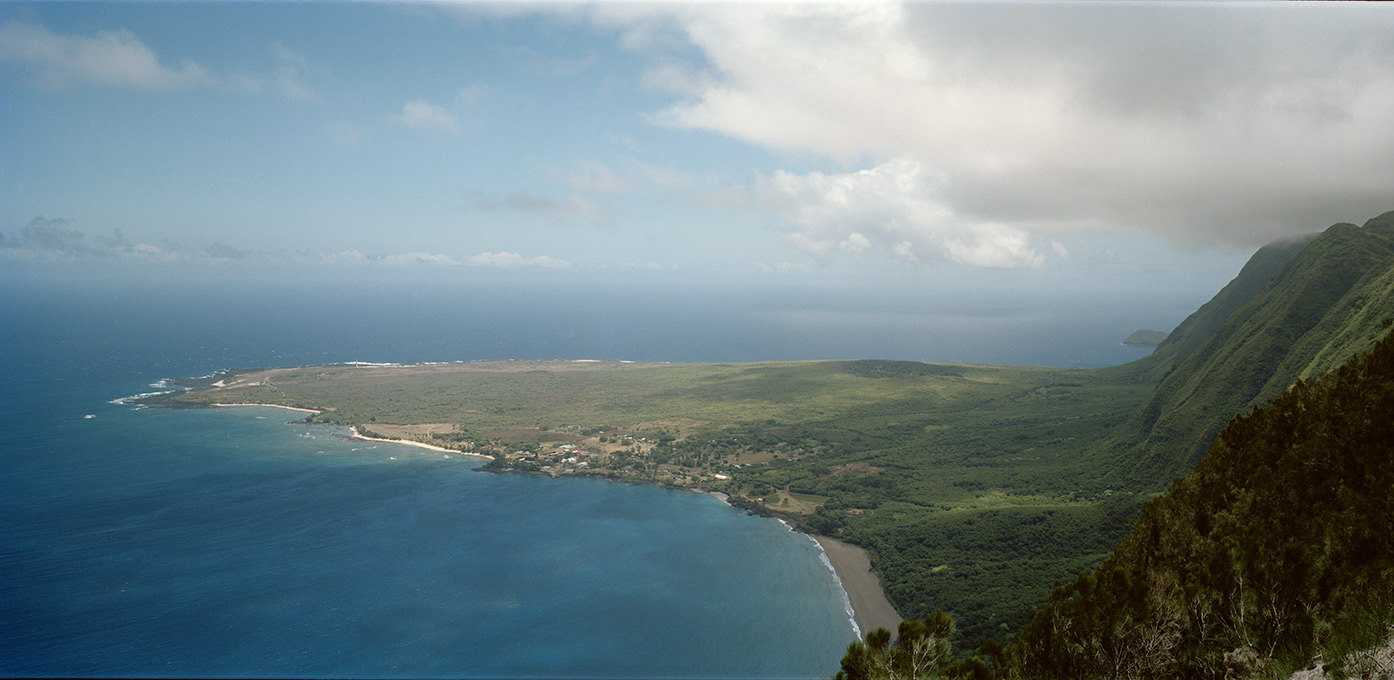
|

|
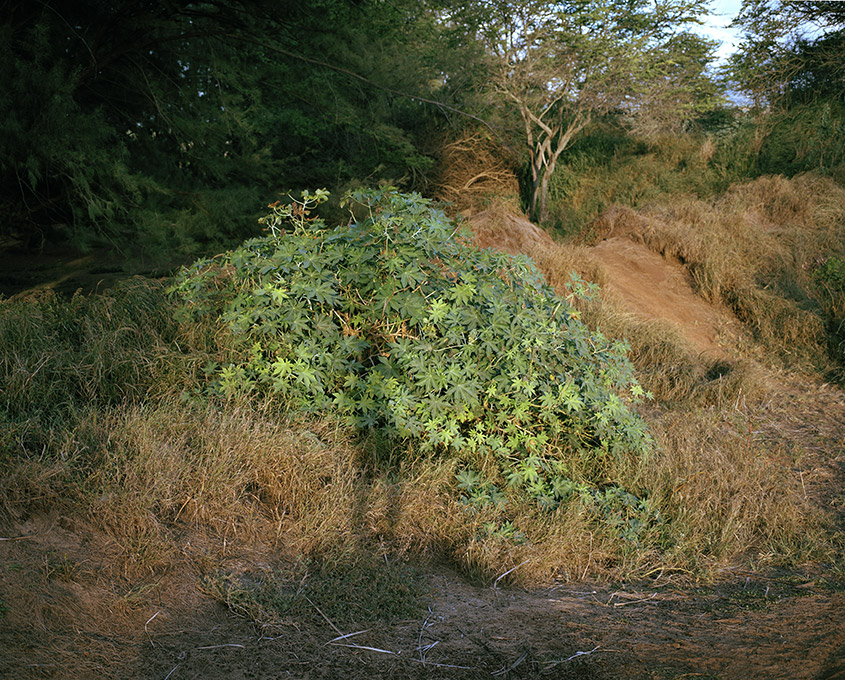 Ricinus Communis (introduced in 2002), 2013 Ricinus Communis (introduced in 2002), 2013
|
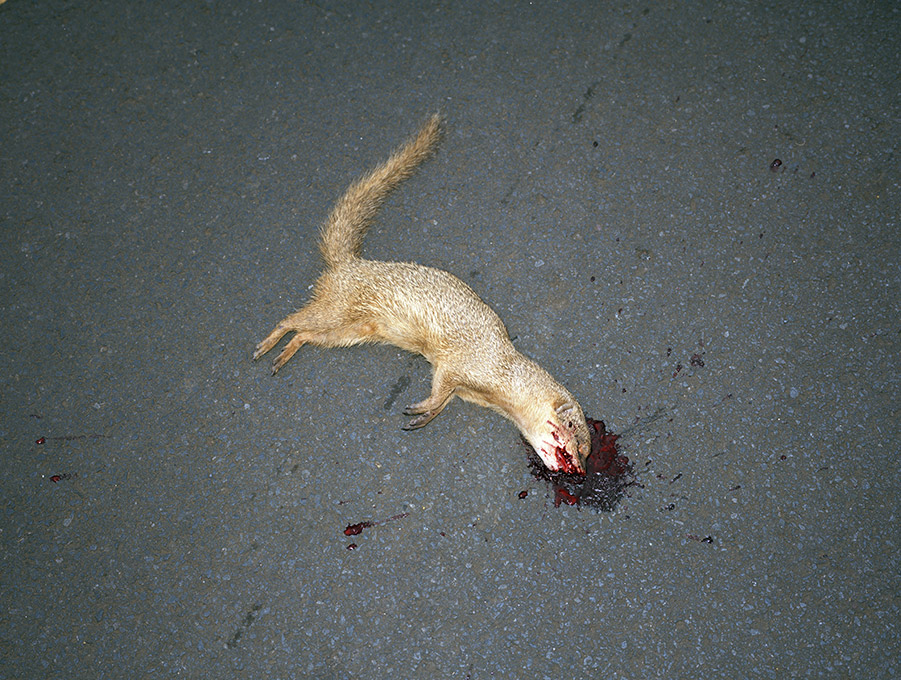 Mongoose (introduced in 1883), 2013 Mongoose (introduced in 1883), 2013
|
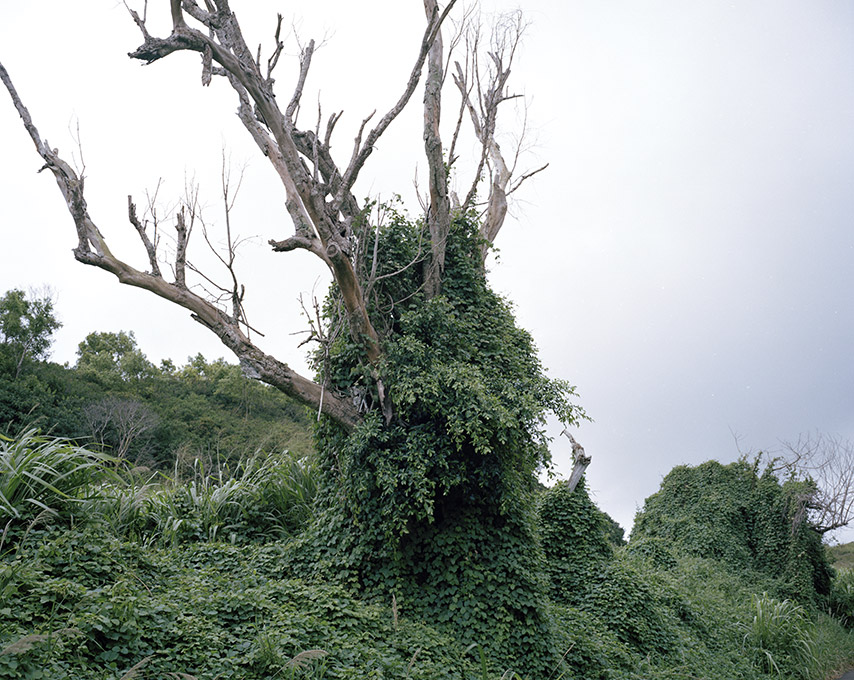 Ivy Gourd (invasive), 2013 Ivy Gourd (invasive), 2013
|

|
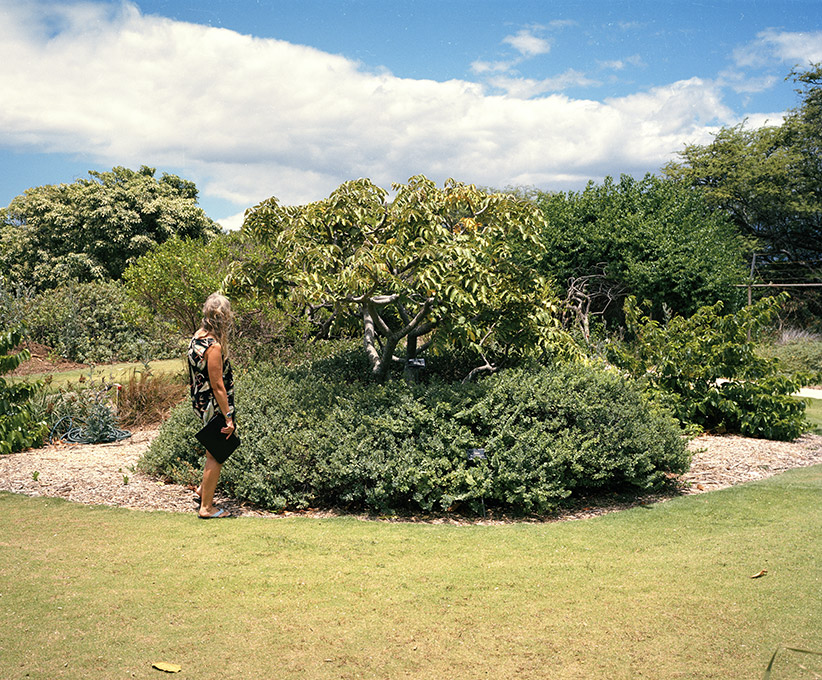 Maui Nui Botanical Gardens, 2013 Maui Nui Botanical Gardens, 2013 |
 Selection of endemic plant species, 2013 Selection of endemic plant species, 2013 |
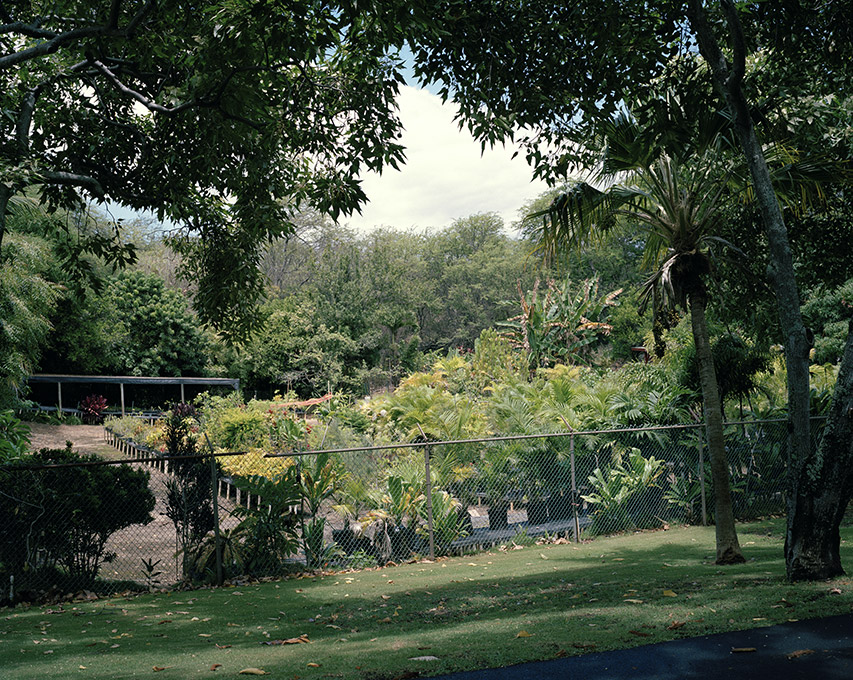 Maui Nui Botanical Gardens nursey, 2013 Maui Nui Botanical Gardens nursey, 2013 |
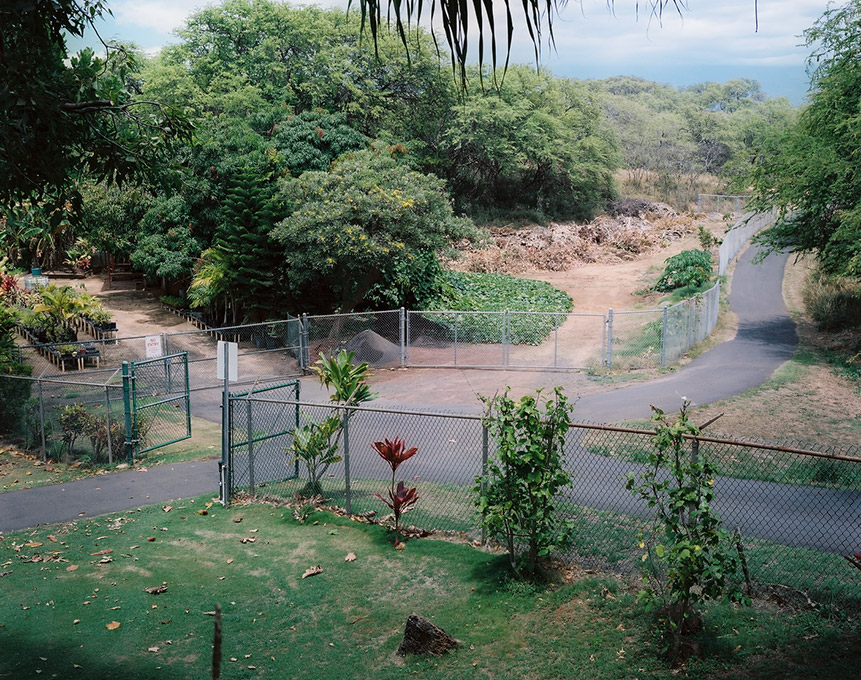 Maui Nui Botanical Gardens nursey, 2013 Maui Nui Botanical Gardens nursey, 2013
|
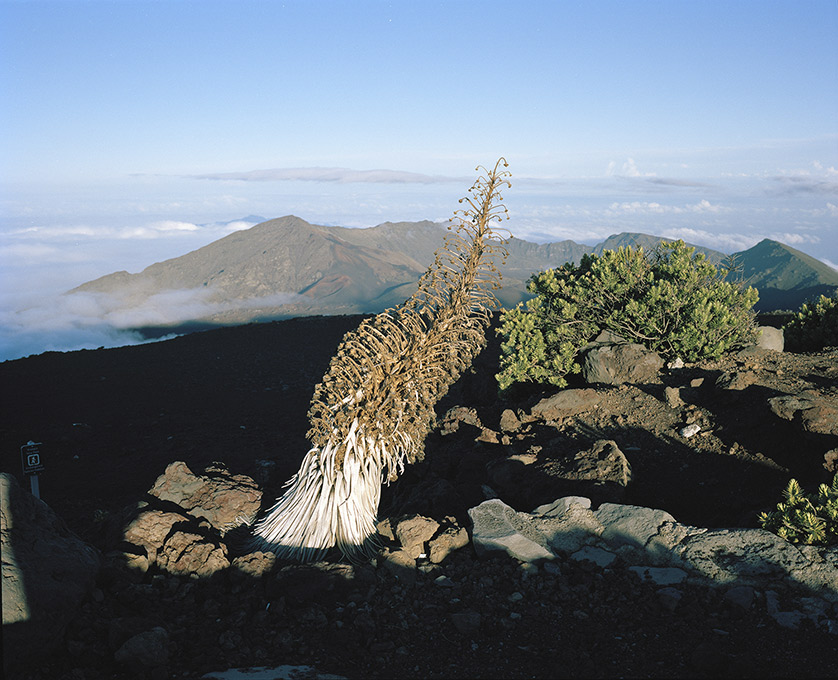 Silver Sword (Argyroxiphium sandwicense) only grows in 6,900ft elevation on Haleakala, 2013 Silver Sword (Argyroxiphium sandwicense) only grows in 6,900ft elevation on Haleakala, 2013
|

|
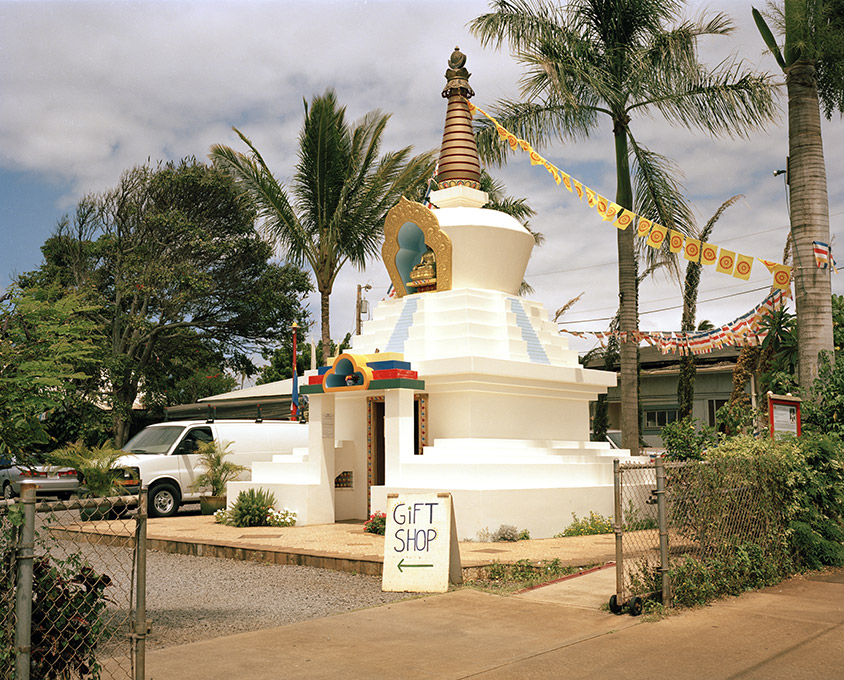 Buddhist Shrine and Gift Shop in Paia, 2013 Buddhist Shrine and Gift Shop in Paia, 2013 |
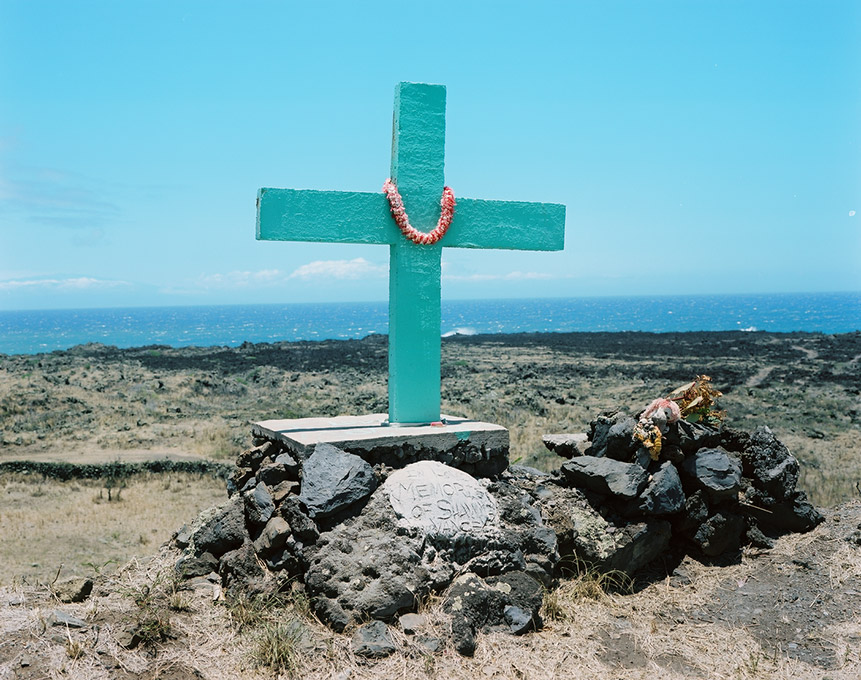 Roadside Memorial on Pi'ilani Highway, 2013 Roadside Memorial on Pi'ilani Highway, 2013 |
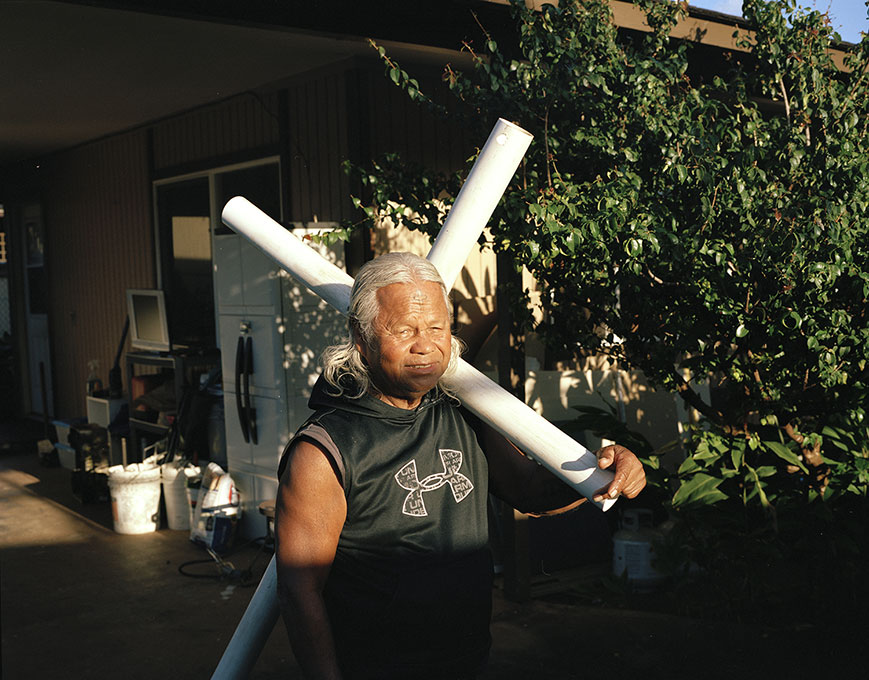 Joe with His Cross, Paia, 2014 Joe with His Cross, Paia, 2014 |
“God is love, that is what guides me in life.” |
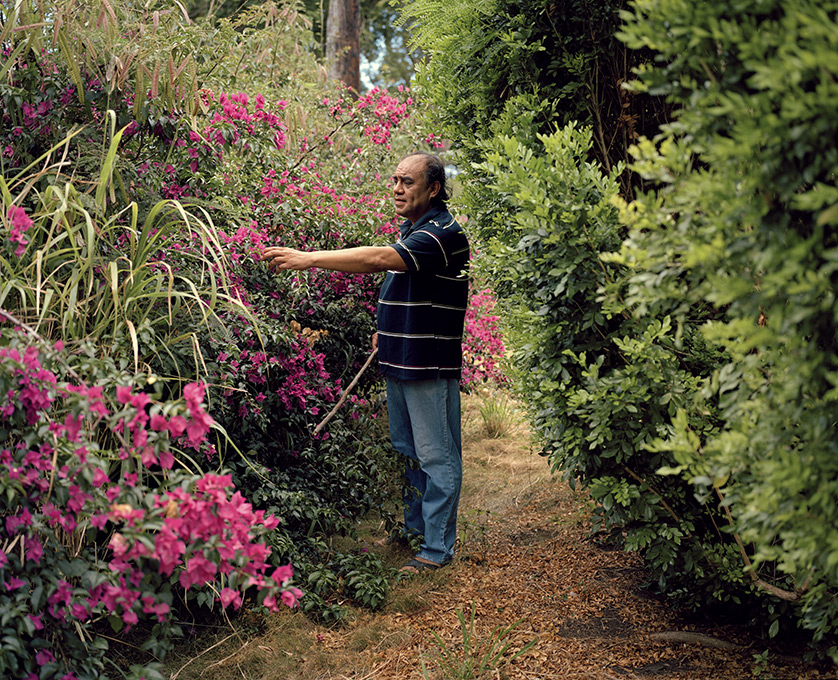 Jorge During His Visit to Maui, 2013 Jorge During His Visit to Maui, 2013 |
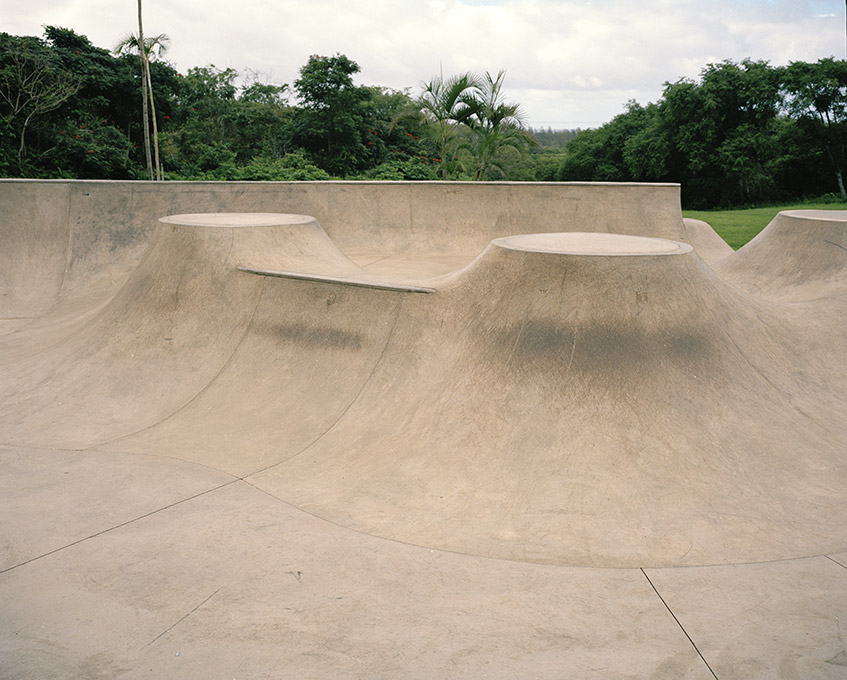 Skate Park in Hana, 2013 Skate Park in Hana, 2013 |
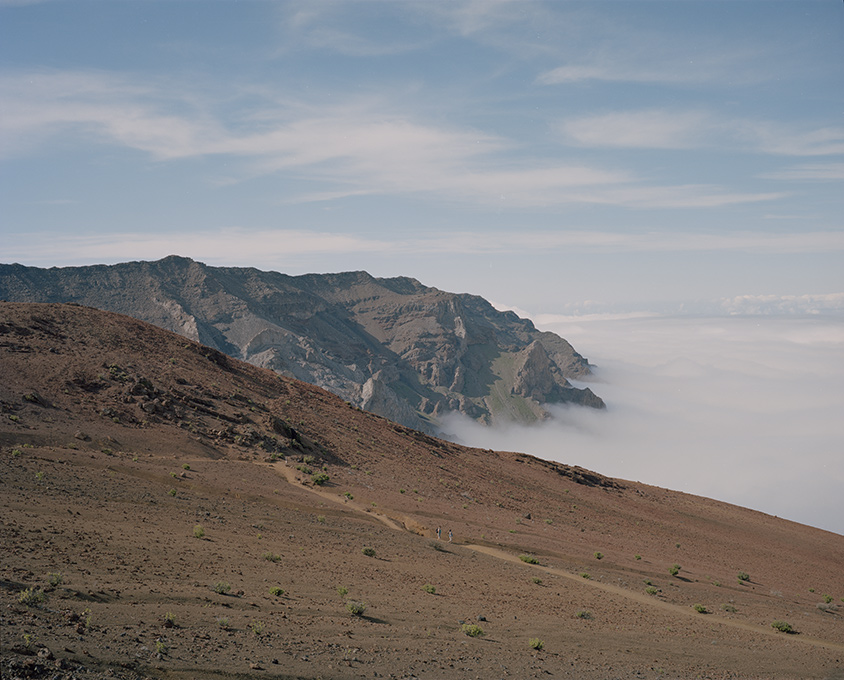 Halealaka Crater, 2013 Halealaka Crater, 2013 |
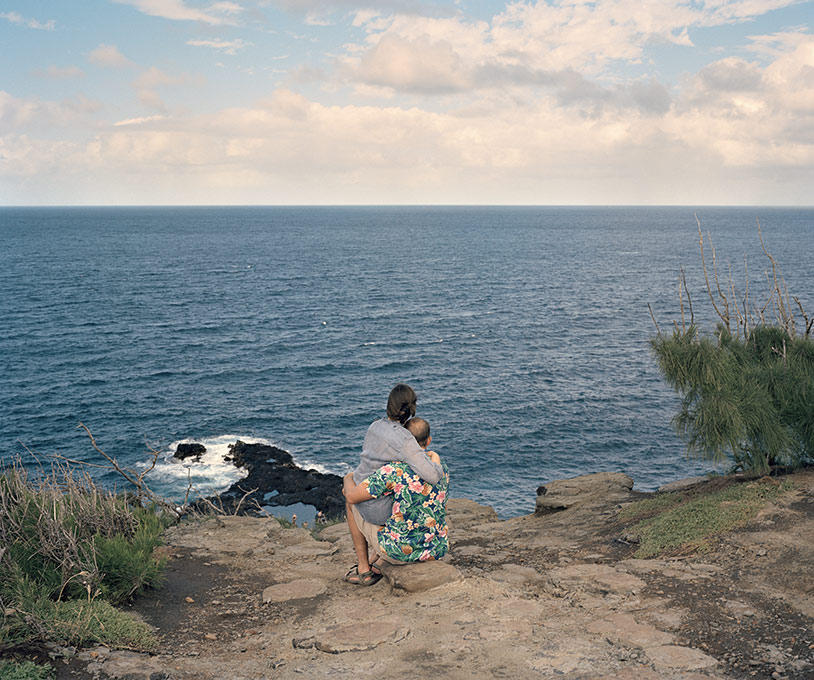 A Couple Embrace Before Infinity, 2014 A Couple Embrace Before Infinity, 2014 |
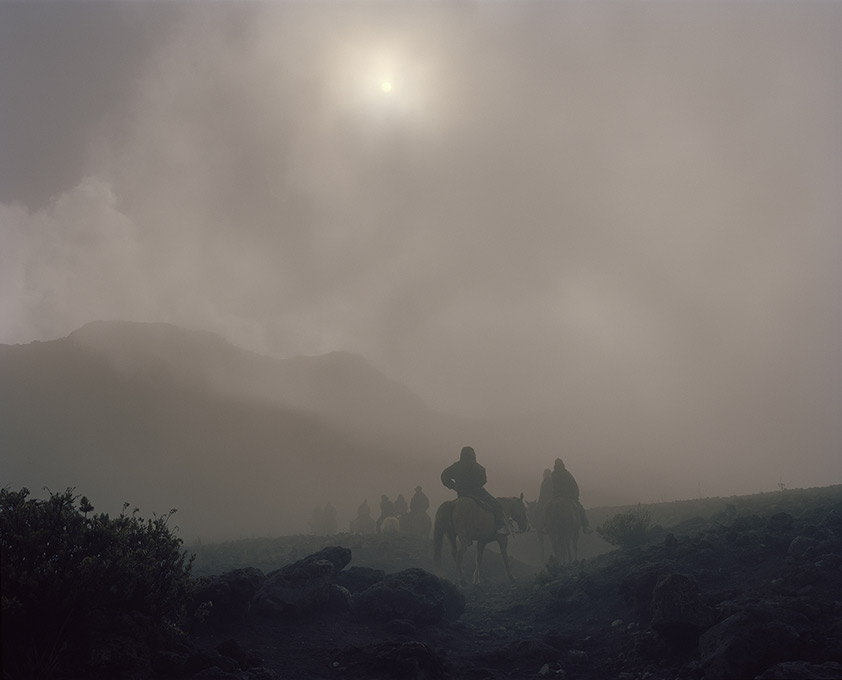 Horse Riding on Haleakala, 2013 Horse Riding on Haleakala, 2013 |
|
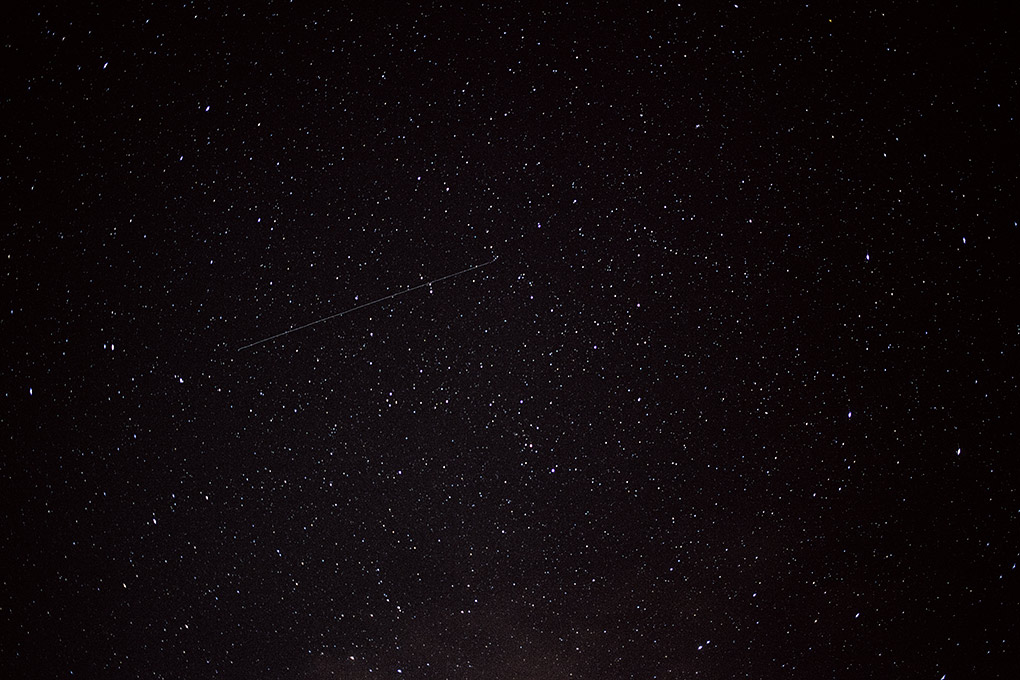 Sky Above Halealaka Summit (10,000ft elevation), 2013 Sky Above Halealaka Summit (10,000ft elevation), 2013 |
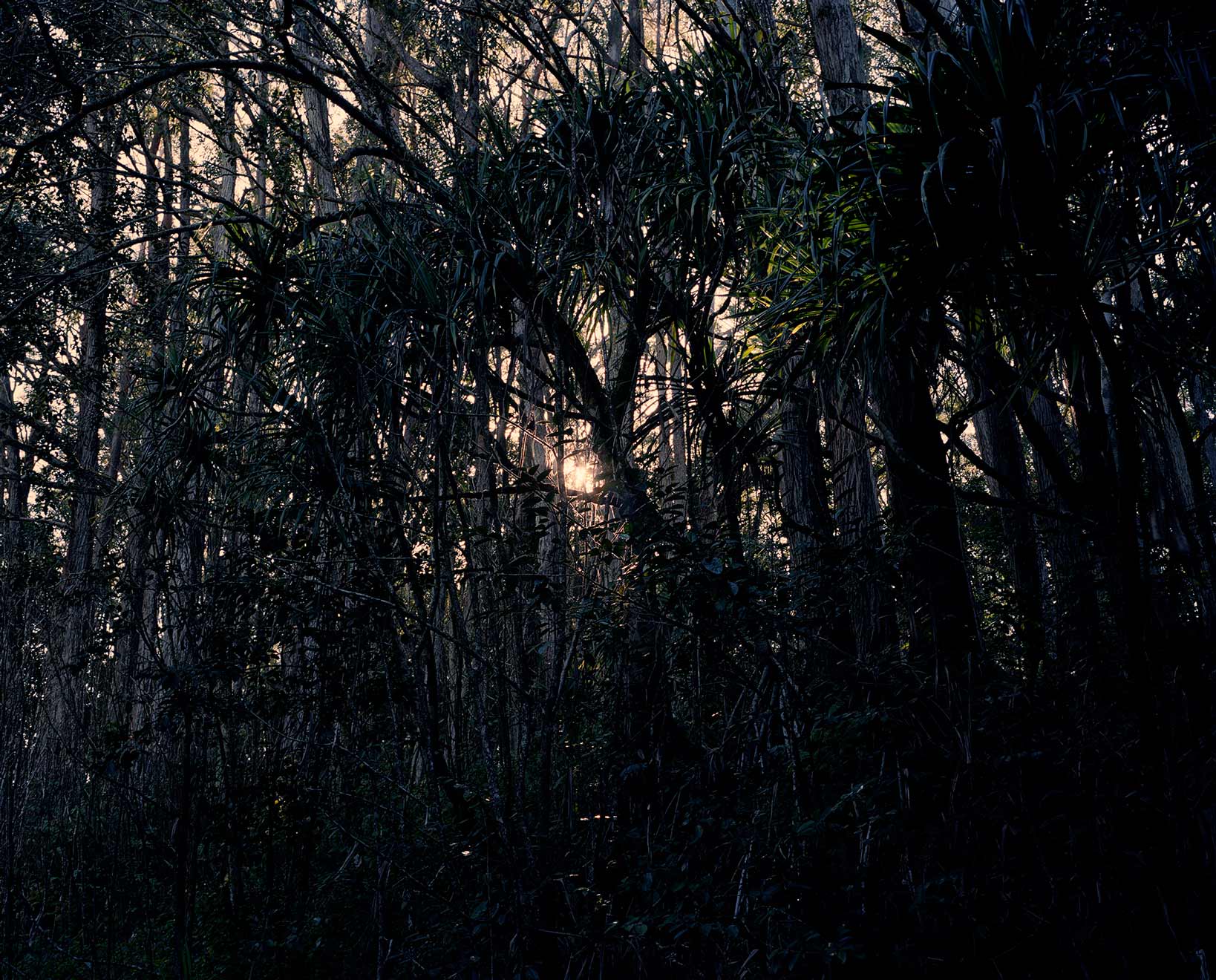 Daybreak, 2014 Daybreak, 2014 |
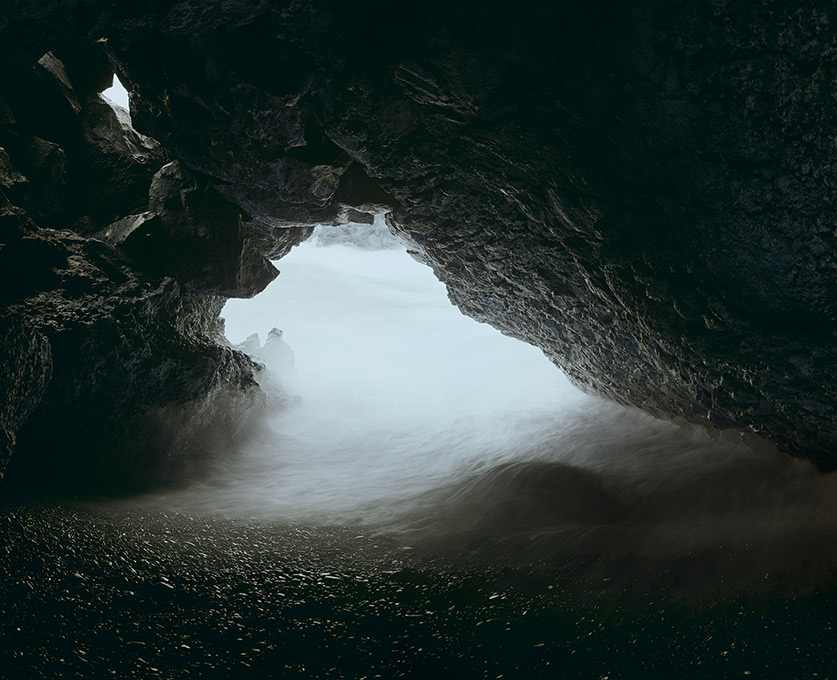 Lava Tube, 2013 Lava Tube, 2013 |
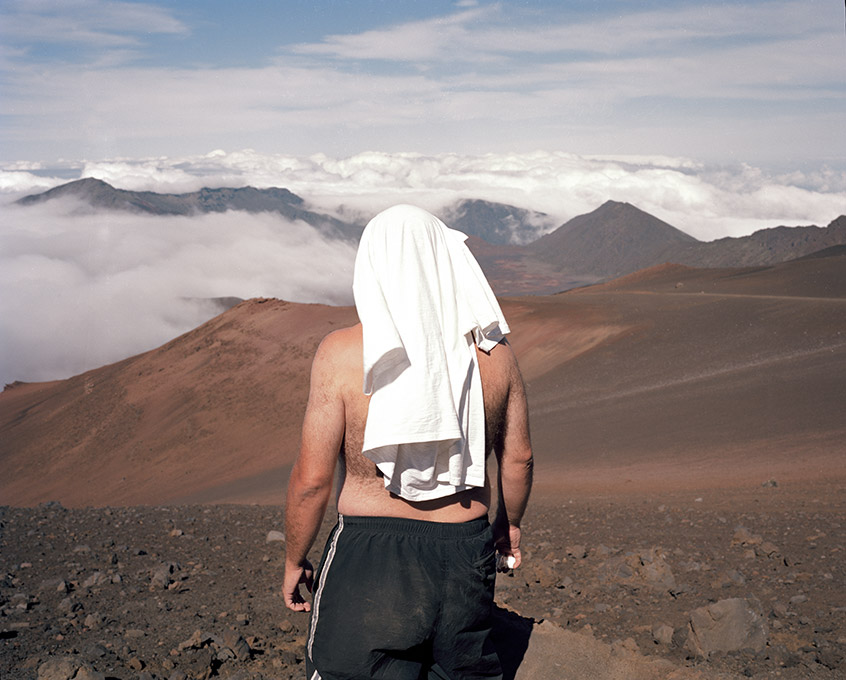 Half-naked Man at Haleakala Crater, 2013 Half-naked Man at Haleakala Crater, 2013 |
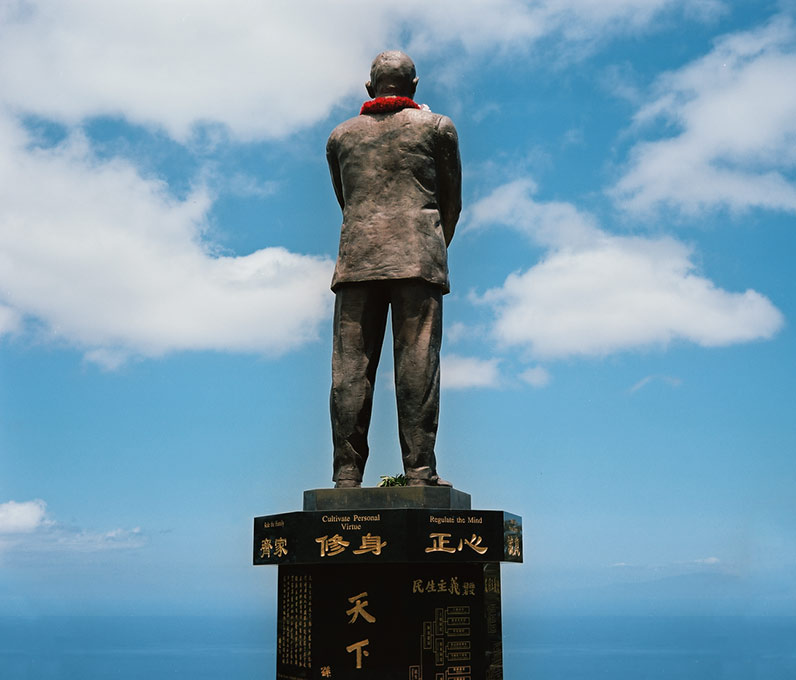 Statue of Sun Yat Sen (Father of the Republic of China), Kēōkea, 2013 Statue of Sun Yat Sen (Father of the Republic of China), Kēōkea, 2013 |
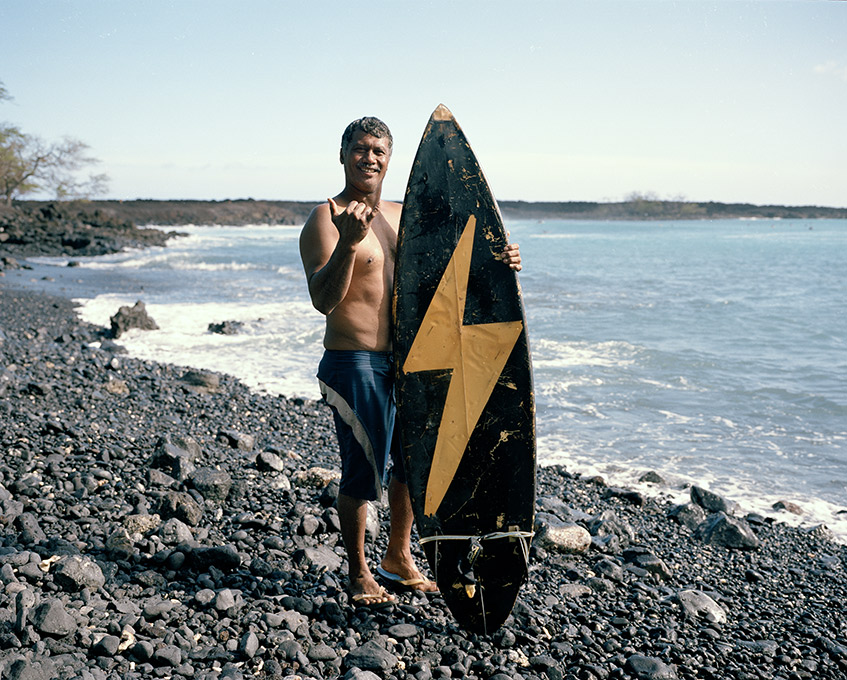 Russell of Kahakuloa, 2013 Russell of Kahakuloa, 2013 |
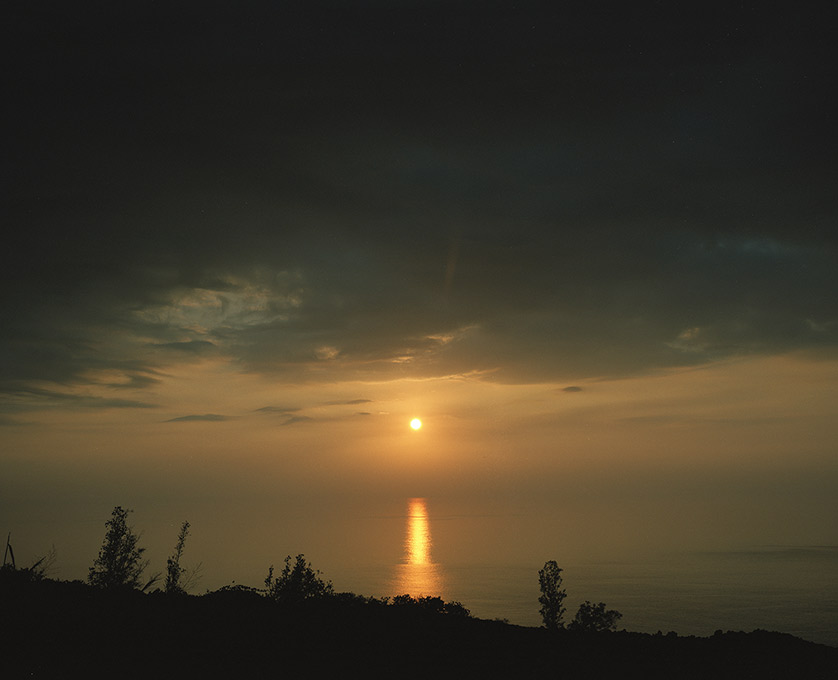 How the Sun Looks on the Big Island, 2013 How the Sun Looks on the Big Island, 2013 |
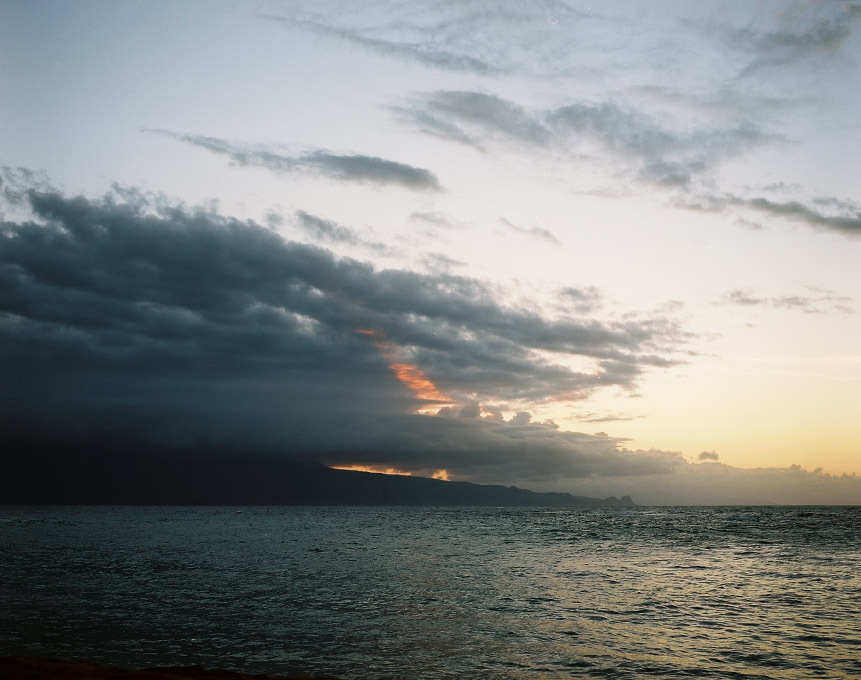 Holy Light Falling on West Maui, 2013 Holy Light Falling on West Maui, 2013 |
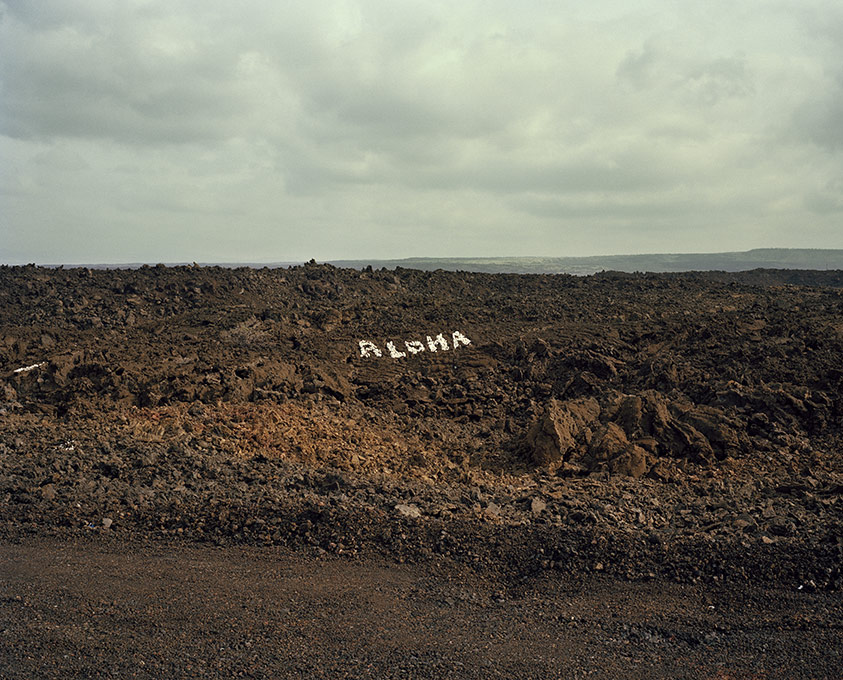 Aloha Rocks, Big Island, 2013
Aloha Rocks, Big Island, 2013 |
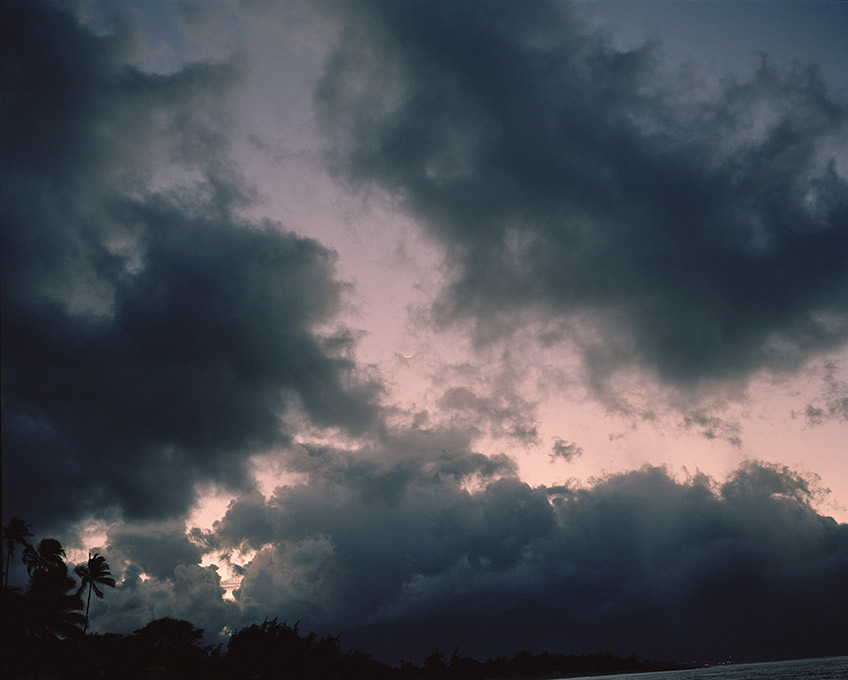 Crescent Moon at Baldwin, 2014 Crescent Moon at Baldwin, 2014 |
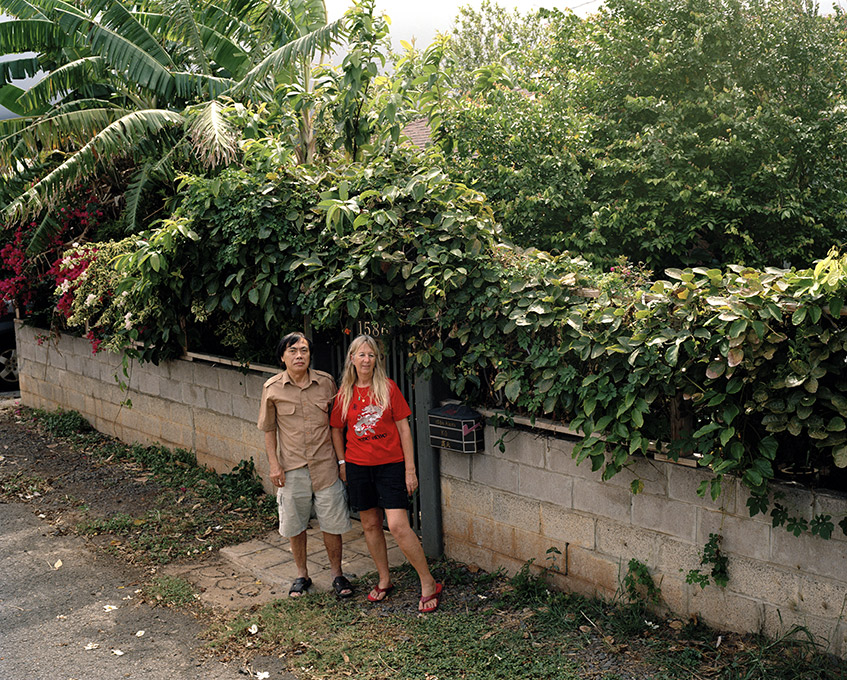 Yu Sum and Denn of Wailuku, 2013 Yu Sum and Denn of Wailuku, 2013 |
|
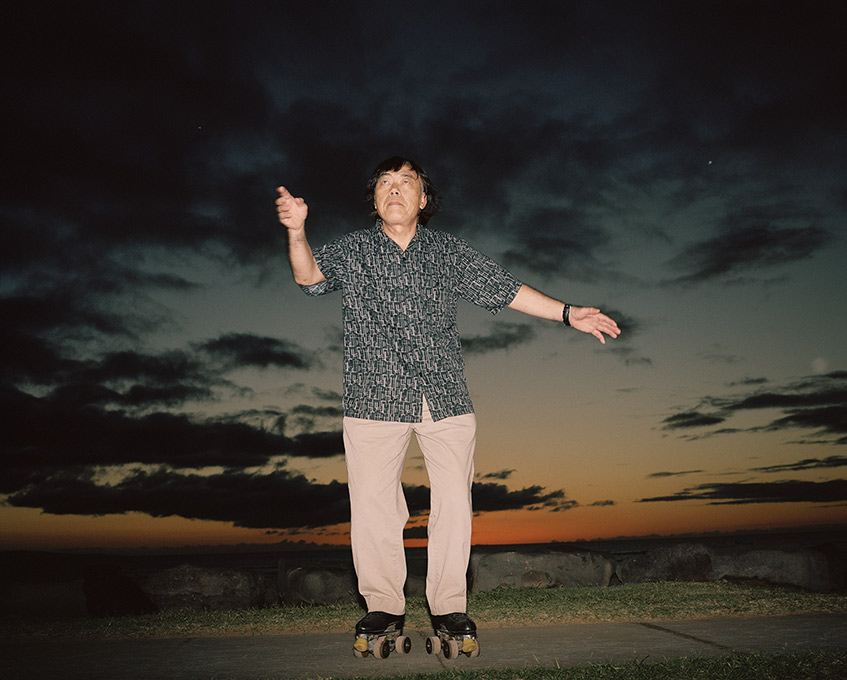 Yu Sum Skates in Kihei, 2013 Yu Sum Skates in Kihei, 2013 |
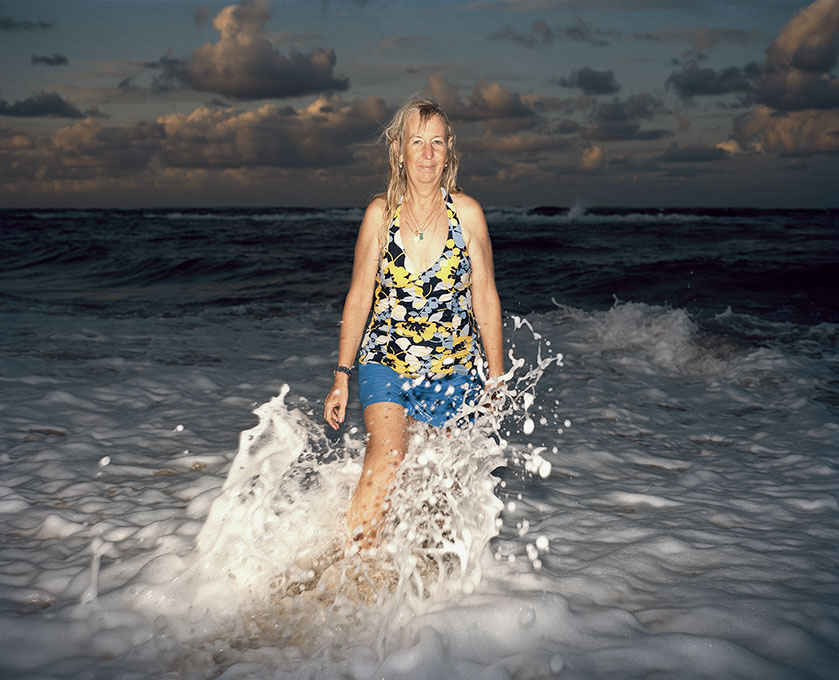 Denn at Her Usual Swimming Spot at Baldwin, 2014 Denn at Her Usual Swimming Spot at Baldwin, 2014 |

|
ALOHA This project comes out of a dialogue with various organizations and individuals who were willing to share their stories, research, and time over the past five years. |
Yu Sum Dances With the Sunset, 6m39s HD Stereo, 2013 |